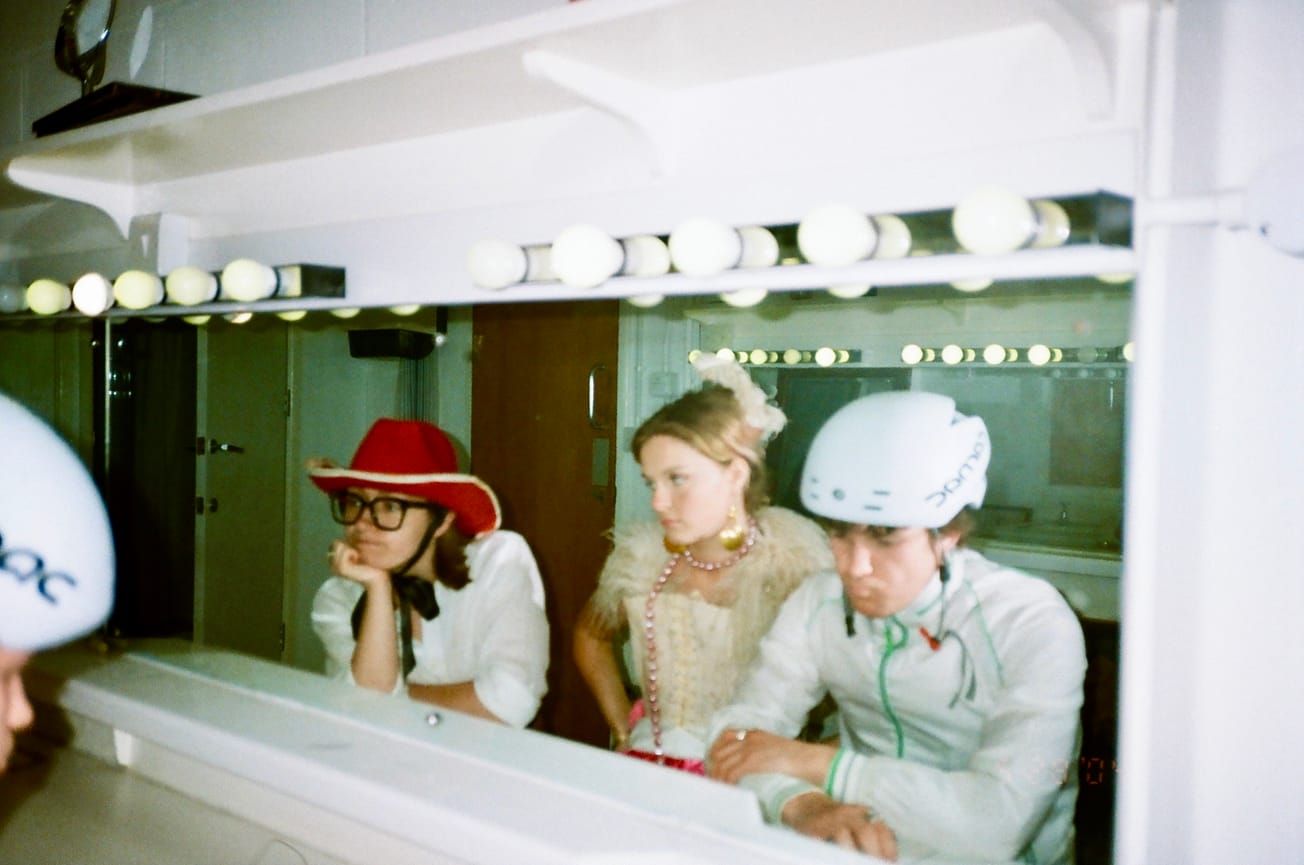By Anna Pinske, Third year, English Literature
The brainchild of theatre companies Ockham's Razor and Turtle Key Arts, Unit 15’s latest show Tess retells the Victorian classic Tess of the D’Urbervilles by Thomas Hardy. Following the original plot of the novel, the play sees Tess, played by both Macadie Amoroso and Lila Naruse (the former solely narrating) tackling poverty, physical labour, loss and the navigation of a life on the fringes. Poignantly, this play delves into society’s role in the chastising of unmarried women who bare children and their inability to recover socially when their ‘maidenhood’ is taken.
Although the story is well known and has been retold many times since its publication, this particular adaptation is nothing short of one of a kind. Structured from beginning to end with notable extracts from the novel, the play focuses our attention on Hardy’s description of the events and the relationship dynamics between the characters. Instead of choosing to progress the narrative through the use of dialogue, the play uses dance, stunts and circus apparatus to depict the action, all but rejecting the traditional method of spoken word (with the exception of narration). This form of expression is coupled beautifully with the music and sound effects of weather and animals. The sounds function alongside the atmospheric shadows and lighting, conveying a sense of time passing and immersing the audience through the use of pathetic fallacy.
Tess' struggles along her journey are embodied through the use of physically demanding acrobatics and stunts, creating haunting and visually stimulating imagery. Throughout, the actors climb upon props and each other, using their bodies as indications of their travels. The props in the play are multipurpose and are reused throughout as different objects, showing us how much variety can be depicted with very little. The most effective yet simple of these was the use of wooden planks as horses, hills, paths and even death beds.
The strength and physical stamina of these actors is enough to leave an audience in awe; they seem to carry and throw each other around the stage with ease. Their body weight is seemingly effortlessly supported and brings attention to the lesser known art of circus performance. Upon contemplation, the demanding physicality calls into question whether the decision to exclude dialogue was made because the use of breath for lines was simply incompatible?
The more emotional aspects of the play are typically presented to us through contemporary dance, the dancers moving in unison with the music’s changes in tempo. Through this, the audience is invited to view the building, straining and destruction of the character’s relationships. When interacting with one another, each dancer embodies the moves in their own way, allowing the audience to draw from this the characters' individuality and the tonal characteristics interpreted by the performers.
Although the play never shies away from the novel’s themes of rape, abuse, murder and societal rejection, it still presents to us moments of joy and playfulness without feeling tonally jarring. The seamless transitions from scene to scene create an easy way to digest all the elements of Tess’s life, reflecting the complexities of women’s realities in this time and the happiness that comes from the seemingly mundane.
Featured image: Circus City / Kie Cumming
Want to attend events similar to this one? Visit https://www.bristolcircuscity.com/









